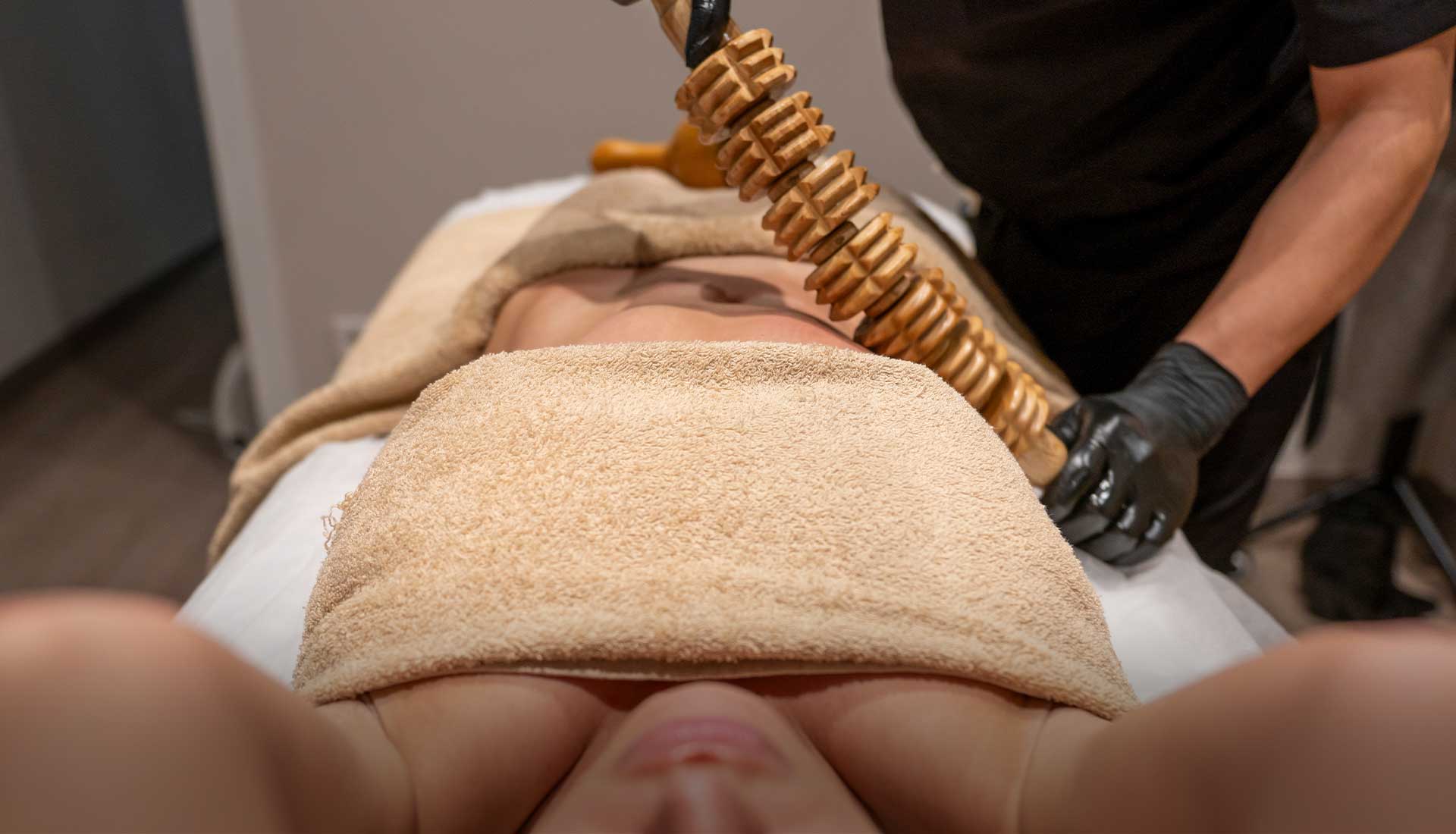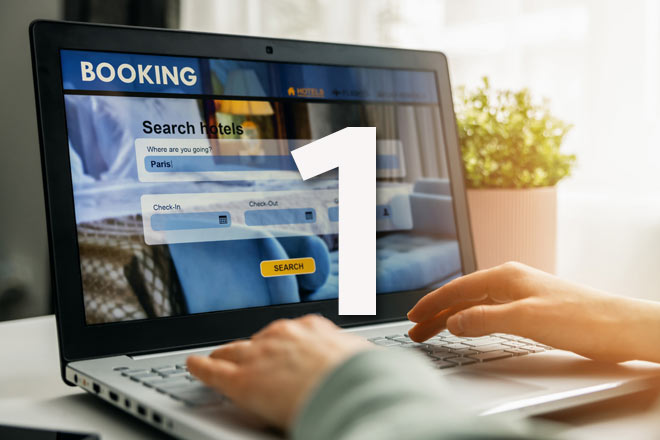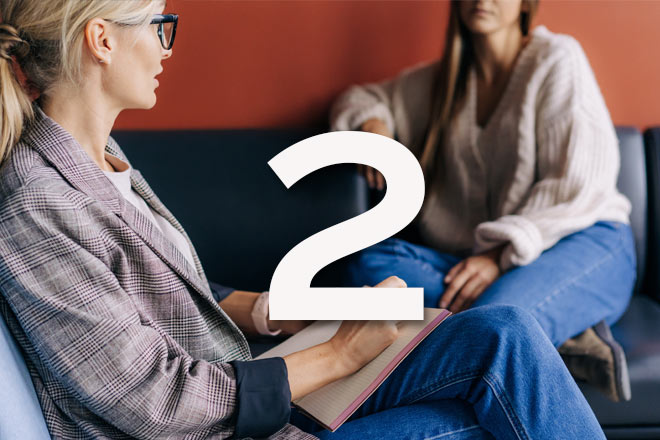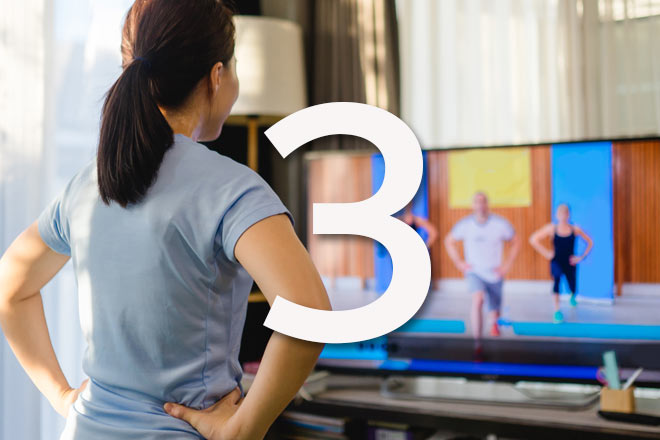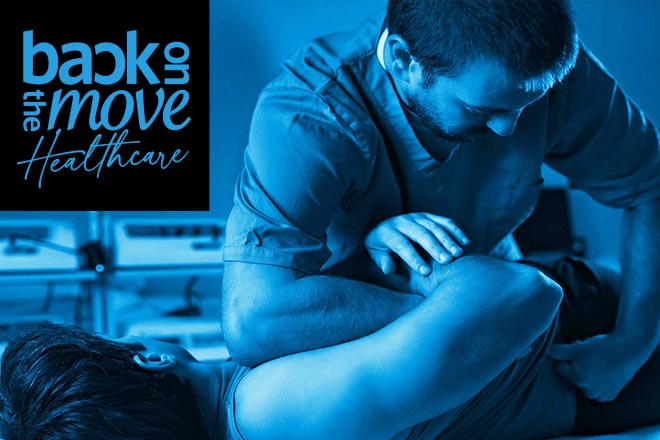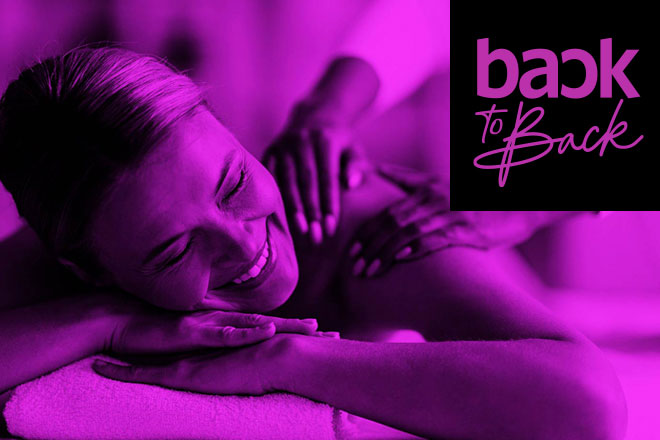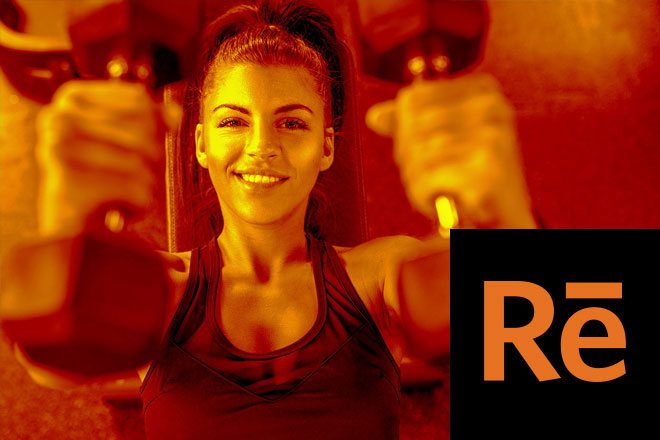What should I wear to a body sculpting massage appointment?
You will usually be asked to remove your outer clothes before a massage begins, so choose something that’s easy to slip in and out of (though if you come for a massage straight from work, that’s OK too). You will always be covered up, for both privacy and warmth, with the only area exposed being the area that is being massaged - and that will never involve private areas. Your therapist will tell you what they are doing at each stage.
How often should I have a body sculpting massage?
For maximum benefit, you should have body sculpting massage regularly, as best results are seen after multiple sessions. Your therapist will generally suggest a treatment plan that is right for you.
Does a body sculpting massage hurt?
Body Sculpting can cause a mild degree of discomfort for some people, depending on their pain threshold and the method being used, but it should never be acutely painful. Firm manual pressure applied by your therapist and the pressure from wooden tools used can leave some redness or swelling. You may feel some soreness after the massage, but this should subside fairly quickly. Your therapist can advise.
How long does a body sculpting massage session last?
A typical body sculpting massage session usually lasts between 30 and 90 minutes. Depending on the areas of the body being treated, some therapists may offer shorter or longer sessions. Your first appointment will take slightly longer, as your masseur will take a medical history and discuss with you in detail which parts of your body you would like them to concentrate on. They will also offer advice on proper nutrition and exercise.
Is it safe to have body sculpting while I am pregnant?
It is not recommended to have a body sculpting massage during pregnancy. However, it is an excellent way to get your post-partum body back into shape after delivery, once your doctor has cleared you for this.
